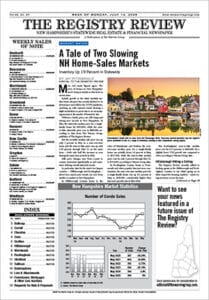U.S. banks increased deposit costs in the second quarter to protect core funding and have seen slowed deposit outflows, but that “defensive posture” and its lower net interest margins are likely to continue in the coming years, according to S&P Global Insights.
Data from its September U.S. Bank Outlook showed net interest margin from all U.S. banks ending at 3.21 percent as of end-August, which is seen to go down gradually to 3.12 percent by end-2023, and 2.92 percent in 2024.
“We expect the defensive moves to continue in the second half of 2023, resulting a hit to earnings,” S&P said.
It noted that US banks have mitigated deposit outflows, but saw customers shift funds from non-interest bearing deposits to higher-cost products like brokered deposits and certificates of deposits.
Noninterest-bearing deposits fell to 23.6 percent of total deposits at the end of the second quarter from 26.1 percent at the end of 2022.
S&P Global expects noninterest-bearing balances to dip further to 21.5 percent of deposits by the end of 2023 and 19 percent by the end of 2024, contributing to notably higher deposit costs over the next 18 months.
Deposit costs will continue to rise even as the Federal Reserve pauses rate hikes, S&P Global said.
The report also said that banks have built their reserves for loan losses as they prepare for credit quality to “slip from pristine levels.”
The research also showed that net charge-offs – bad debt that is unlikely to be paid – will rise substantially in 2024 before tapering off in the years after, but cost of funding for loan losses will be manageable.
From $50 billion in net charge-offs year to date, S&P forecasts that it will go up to $60 billion by the end of 2023, peaking at $80 billion in 2024 before slowing to just over $70 billion by 2025 and back to $60 billion by 2026.

